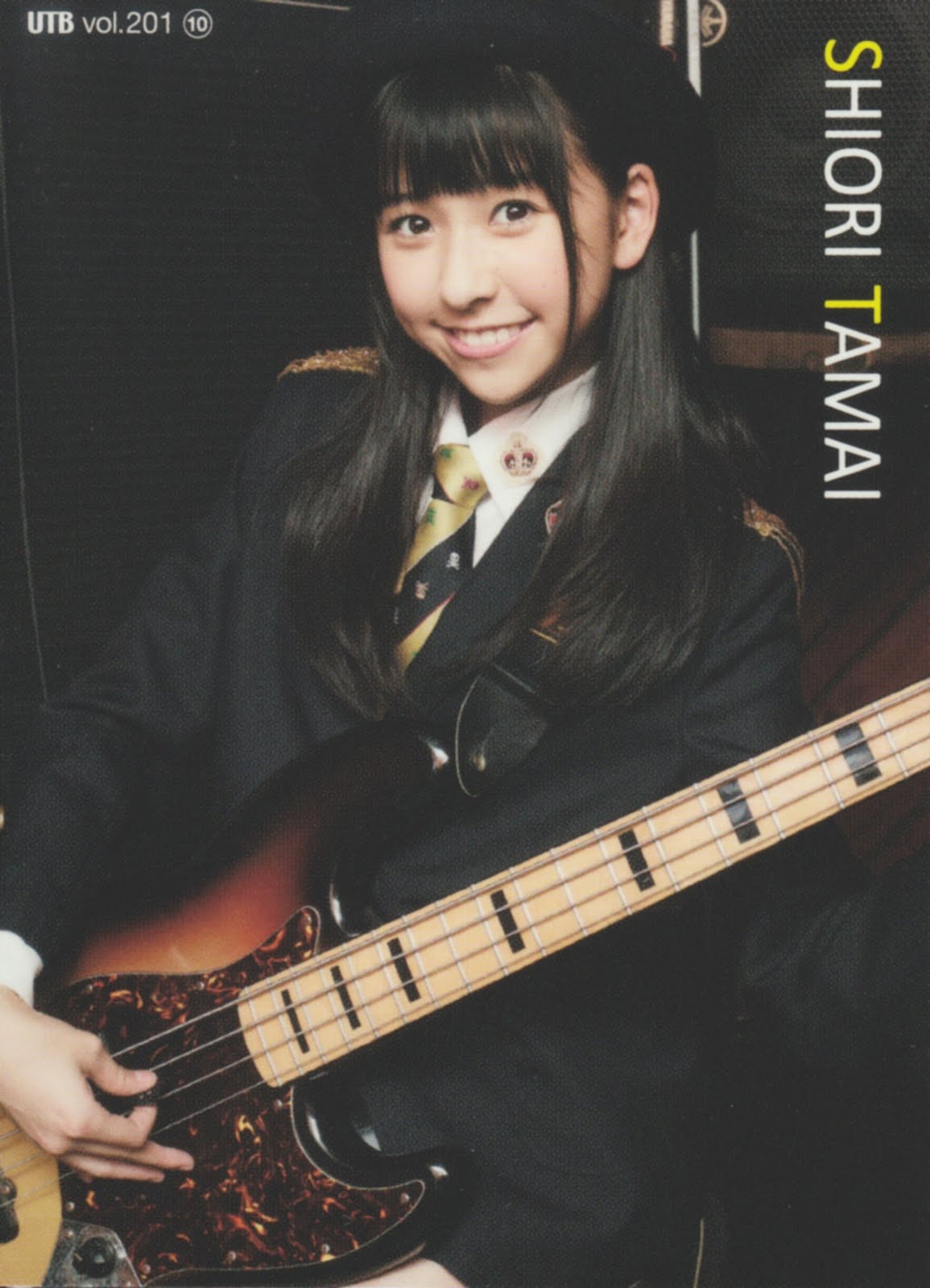
It intervenes only at stated intervals, particularlyĪt the beginning, climax and end of plays. Next comes a hand-drummer who plays with thimbled finger nextįinally, the flute. Nearest to the gallery sits the “big-drum,” whose instrument rests on The play begins and remain seated till it is over. Is to sing an actor’s words for him when his dance-movements pre vent This consists of from eight to twelve persons in ordinary nativeĭress seated in two rows at the side of the stage. The female rôles are of course taken by men. Some plays need only the two main actors. Main actors ( waki and shite) has “adjuncts” or “companions.” “doer”) came to dance the central dance of the play. The circumstances under which the principal actor (called shite or The first actor who comes on to the stage (approaching from the Imitating in form the roof of a Shintō temple. The stage is covered by a roof of its own, To the latter railing areĪttached three real pine-branches, marked S in the plan. Musician’s recess, as also along the gallery. Recess (J) at the back of the stage, the stick-drum nearest the “gallery,” To admit the actor when he makes his entry. Green-room, from which it is separated by a curtain which is raised A gallery (called hashigakari) leads to the On the boards of the back wall is painted a pine-tree the Something of its modern form may be seen from Plate II andįrom the plans on pp. These are some of the points about which an American reader may In a schematic rather than a literary form. I have tried to supply it as concisely as possible, sometimes Reader of the translations will find that he needs some information on
Suwa shiori full#
In this short introduction I shall not have space to give a completeĭescription of modern Nō, nor a full history of its origins. I have avoided such terms to a considerableĮxtent, treating the plays as literature, not as some kind of Mass of unnecessary technicality as irritates us in a smart sale-catalogue It would be possible to burden a book of this kind with as great a Shakespeare does not need to be told that the kurai of “Hamlet” isĭifferent from that of “Measure for Measure”? Reader, who would not be the better off for knowing the technical Such differences will be fully apparent to the American (as a Japanese critic suggested that I ought to have done) that, forĮxample, the “mood” of Komachi is different from the “mood” of I have not thought it necessary to point out Where explanations are necessary they haveīeen given in footnotes. Order to make it intelligible to us is one which obliterates the structure Method of expanding a five-line poem into a long treatise in Writers do not always sufficiently realize. Supply for himself their numerous connotations, a fact which Japanese Given a truthful rendering of the texts the American reader will It is only throughĪccurate scholarship that the “soul of Nō” can be known to the West. Western reader an idea of their literary value. Very few plays have been translated in such a way as to give the That such a theatre exists and has longĮxisted in Japan has been well-known here for some time. Stylization and simplification, discarding entirely the pretentious lumber They would like to see a theatre that aimed boldly at Of human experience which the audience must as far as possible beĪ few people in America and Europe want to go in the oppositeĭirection.

Of stage-reform in France and Germany appear to regard the theatreĪs belonging to life and not to art. Treats painting or music as mere transcripts of life. The theatre of the West is the last stronghold of realism. U Kizahashi, steps from stage to auditorium, formerly used by an actor summoned to speak with the Shōgun.N Kirido, “Hurry-door,” also called “Forgetting-door” and “Stomach-ache-door” used by the chorus and occasionally by actors making a hurried exit.(A stage-hand in plain clothes who fetches and carries.) K Kagami-ita, the back-wall with the pine-tree painted on it.(The point he faces when in his normal position.) F Waki’s Pillar, also called the Prime Minister’s Pillar.D Metsuke-bashira, Pillar on which the actor fixes his eye.C Shite’s seat, also called “Name-saying seat.”.


 0 kommentar(er)
0 kommentar(er)
